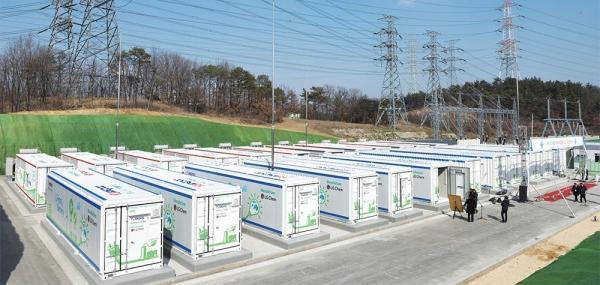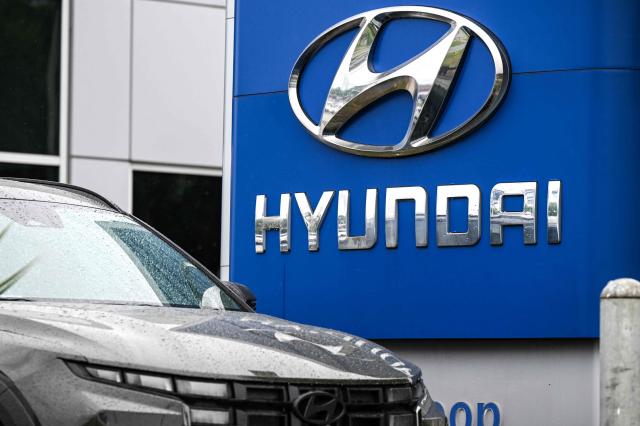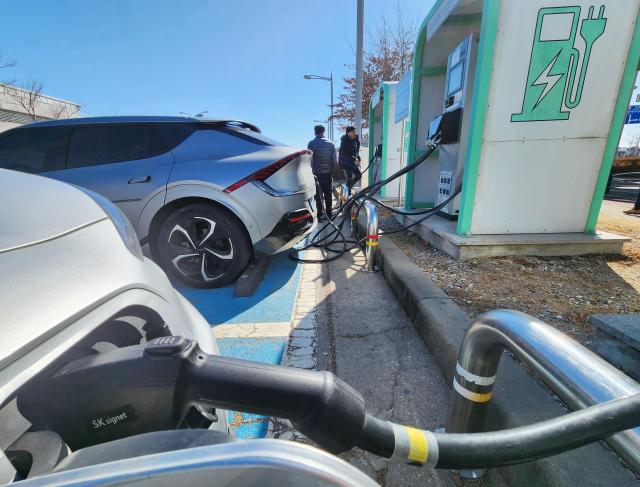
LG Energy Solution is projected to see ESS revenue fall by more than 40 percent from the previous quarter, with estimates placing the figure between 353 billion and 363 billion won ($240 million to $247 million), according to multiple securities firms.
“The ESS sector anticipates a significant revenue decline and a shift to operating losses due to seasonal factors,” said Lee Jin-myung, an analyst at Shinhan Securities.
Samsung SDI, another major manufacturer, is facing similar headwinds. Analysts forecast a roughly 31 percent decline in its ESS division revenue quarter-on-quarter, bringing it to approximately 500 billion won.
Once considered a stabilizing force amid the volatile electric vehicle battery market, ESS sales are now under pressure.
High battery costs, inadequate charging infrastructure, and diminishing government subsidies have tempered consumer enthusiasm for electric vehicles, exacerbating financial strains across the industry.
The convergence of these struggles has cast a shadow over the first-quarter earnings outlook.
LG Energy Solution’s operating profit is projected to plunge 75 percent year-on-year to 39.5 billion won, while Samsung SDI is expected to post an operating loss of 328.7 billion won.
In response, battery makers are shifting their focus to large-scale projects with steadier demand and accelerating production in North America, where energy storage needs are surging.
LG Energy Solution plans to begin production of lithium iron phosphate (LFP) batteries for ESS applications at its Holland, Michigan, facility this year. Samsung SDI, meanwhile, is exploring U.S. manufacturing options to expand its presence.
SK On, another South Korean battery maker, is also moving into the ESS market. Company President Lee Seok-hee recently told shareholders that SK On aims to secure business results in the ESS market by the end of the year and pursue U.S. market entry opportunities.
Copyright ⓒ Aju Press All rights reserved.





View more comments